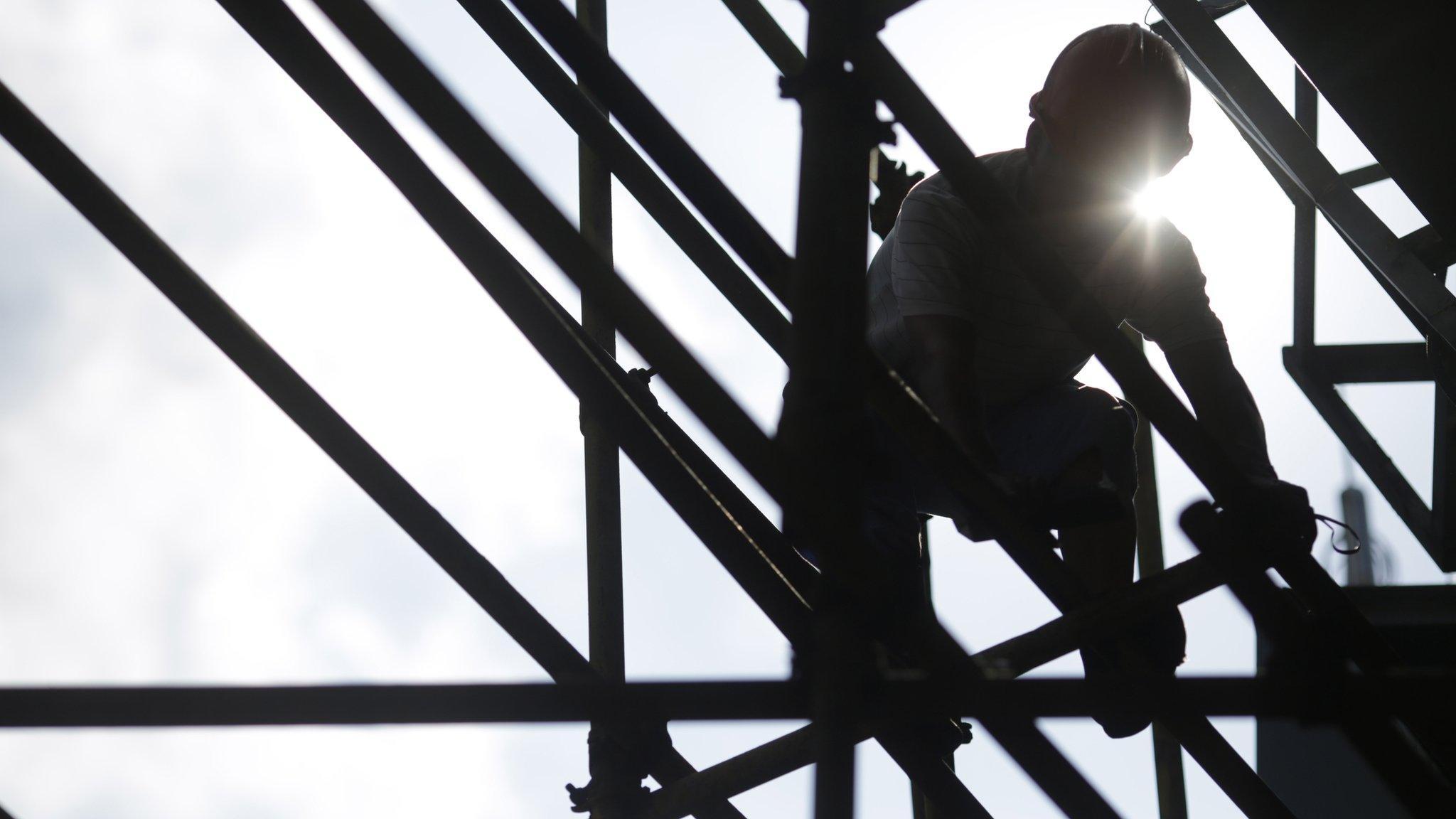NI construction industry best performance in three years
- Published
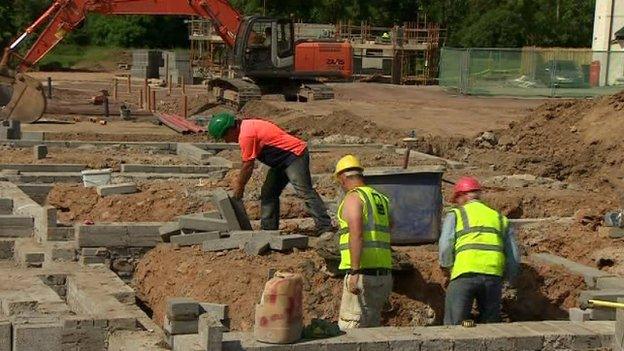
This is the second consecutive quarter of strong growth in the Northern Ireland construction industry, but output is still dramatically below its peak in 2007
The Northern Ireland construction industry had its best performance in three years in the first quarter of 2015, official figures have suggested.
The value of work was up by almost 14% compared to the same quarter in 2014.
An increase in non-housing work, up 19% on the same period last year, drove the improved performance.
This is the second consecutive quarter of strong growth, but output is still dramatically below its peak in 2007.
The construction bulletin, produced by the Northern Ireland Statistics and Research Agency (Nisra), said that output appeared to have stabilised over the last year.
However, it added that it was "too early to say whether this is a part of a sustained recovery".
Output levels are now back to where they were in late 2011.
Infrastructure, commercial work and public sector work all saw year-on-year rises in output.
House building showed a small fall in output compared to the same period in 2014, however, this sector has stabilised over the last two years.
The bulletin does not cover work done outside Northern Ireland by Northern Ireland-based firms.
The biggest Northern Ireland-based construction firms now do the majority of their work outside Northern Ireland.
The Construction Industry Group for Northern Ireland (CIGNI), which represents many firms, said that uncertainty over Stormont's budget is now affecting the industry.
Stephen Kane, chairman of CIGNI, said: "We must remember these now historical results were encouraging for the industry for the first quarter of 2015 , but we are benchmarking against a very low base
"Also, in particular the reality is that we are now into the third quarter and the impasse at Stormont has now seriously affected capital and revenue spends in our local industry.
"That's resulting in real uncertainty thus creating real job losses, reduction in live workload and confidence for future investment."
- Published28 June 2015
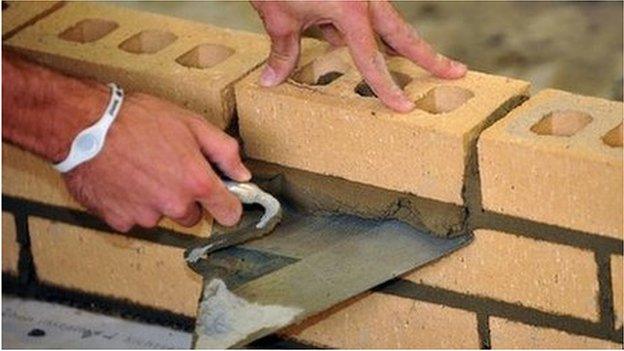
- Published16 April 2015
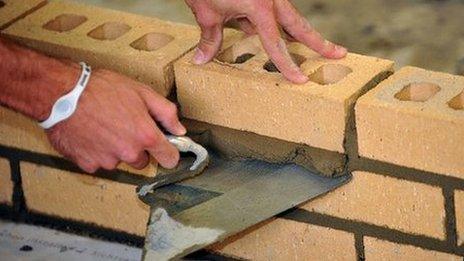
- Published16 October 2014
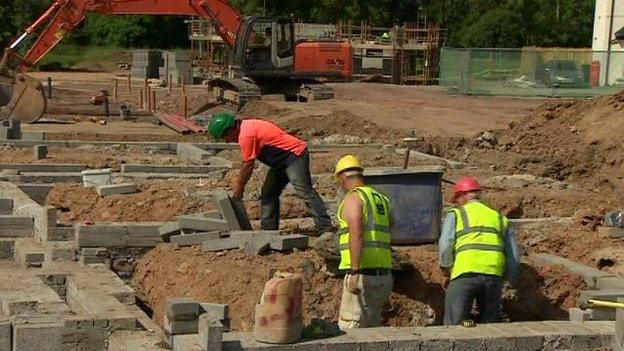
- Published28 March 2014
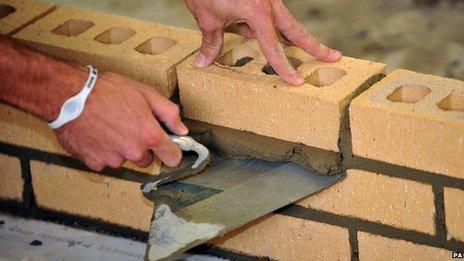
- Published10 January 2014
